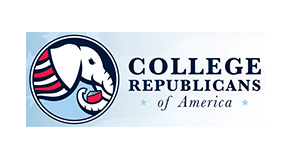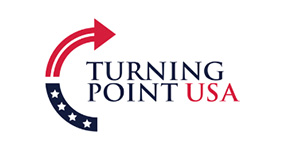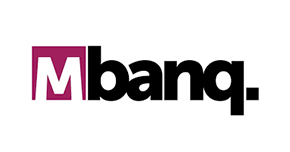As we navigate the complexities of the financial world, this space will serve as our platform to share insights, discuss trends, and explore the policies shaping our economic landscape.
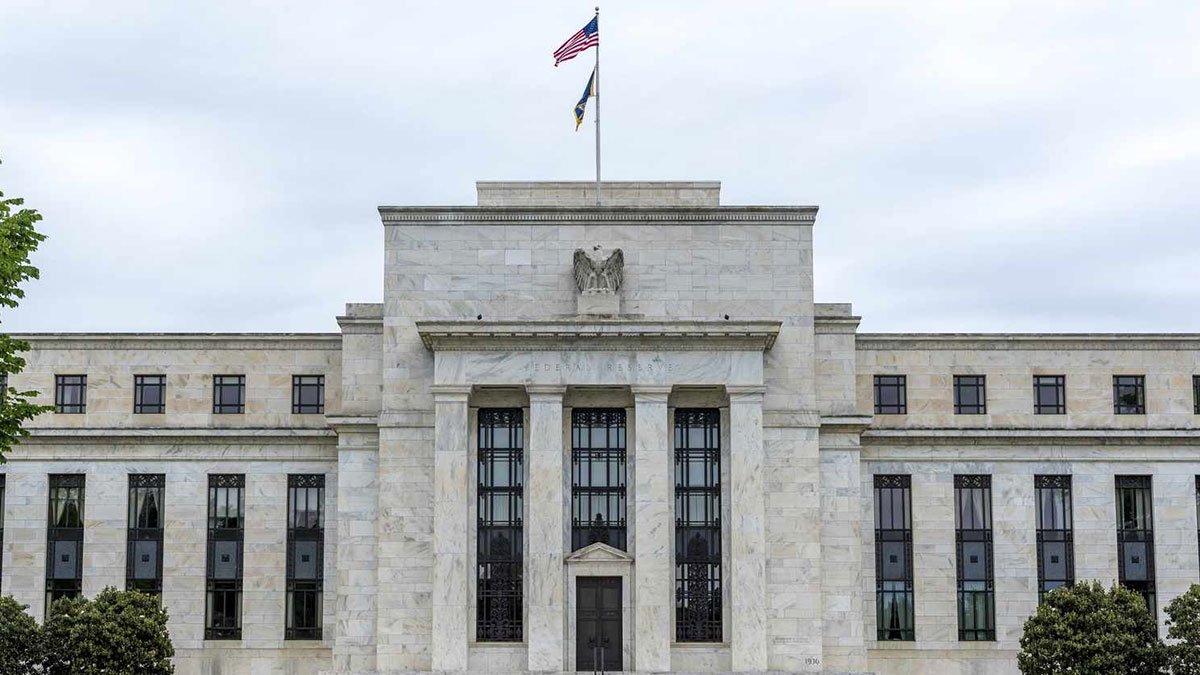
The New York Federal Reserve bank reports that US household debt has hit a new record. Americans are increasingly using credit card debt at high interest rates to pay for their living expenses. Delinquencies are rising. About 17% of Americans are using 90% or more of their credit card limit and an additional 11% are using 60-90% of their credit card limit. That means 28% of American households are heavily indebted at high interest rates that prevent their ability to pay down the debt. Many struggle to make minimum payments, which means their debt increases monthly from interest alone without new borrowing.
The 20% plus credit card interest rates go far beyond usury. It makes one wonder how a consumer economy can survive when so much of personal income is drained off in debt service. How can consumers be causing inflation when they have no discretionary income to spend? What is the point of the Fed restraining the economy to combat inflation when the economy is already tightly constrained by debt service?
Is the Fed really this mindless? Let’s examine this question further.
Just recently, Michael Barr, a Federal Reserve vice chairman told a House committee that delinquency rates are rising among commercial real estate loans backed by office buildings, auto loans, and consumer loans. He reported that commercial real estate delinquencies are at a 5-year high and that credit card and auto loan delinquencies are rising. The Federal Reserve is proposing increases in capital requirements for banks so that they can meet the stress of rising delinquencies.
What is not being said is that the Fed’s many years of zero interest rates produced a bubble in real estate and financial asset values that the Fed’s high interest rate policy is now pricking. The Fed’s policy is nonsensical, because the inflation is not a consumer-driven inflation but is caused by the Covid lockdowns that destroyed businesses and disrupted supply chains and by US sanctions that have backfired on the West, adding to the disruption of business and driving up costs. The Fed’s high interest rate policy is driving us into another financial crisis. It is our personal financial assets that regulators have designed as collateral with which to bail out financial institutions.
In other words, this time around, it is our bank balances, stock and bond holdings, and retirement funds that are at risk. They are designated as the collateral for secured creditors of failed financial institutions. There is nothing you can do about it, but there is some advantage in not being blind-sided.
What do you say?
Come to the Financial Policy Council https://lnkd.in/eZU2UgYd, be a part of decisions that will shape the country’s future & share your thoughts.

Forecasting our Future January 2, 2025
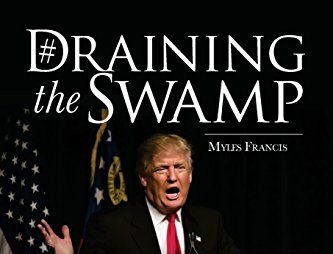
Want to truly Drain the Swamp? December 15, 2024
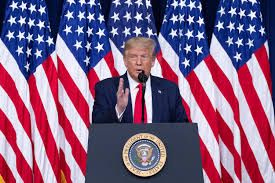
Will Trumpism Go Global? December 8, 2024

Obliterating The Socialist/Communist Ideology for Good December 4, 2024

My Personal Opinion on Trump’s Dream Team November 19, 2024

Goodbye Washington Establishment October 25, 2024
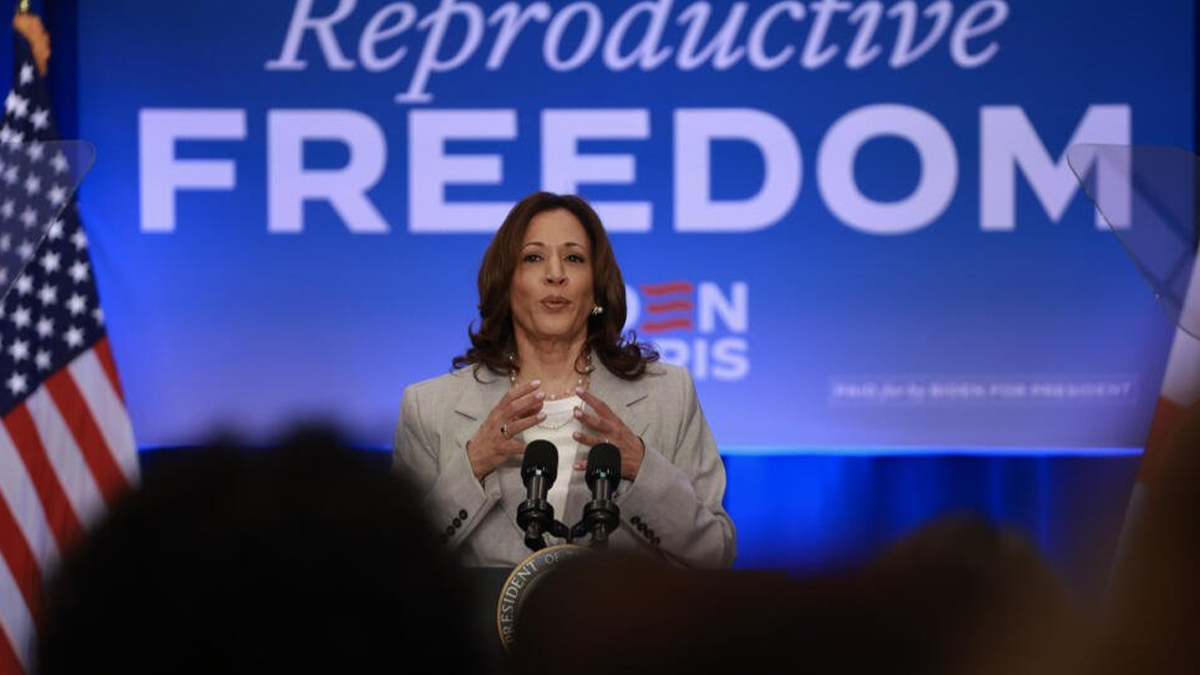
Kamala Reinvents Freedom August 26, 2024

Why Kamala Harris has no chance August 21, 2024

AI and the destruction of America August 19, 2024
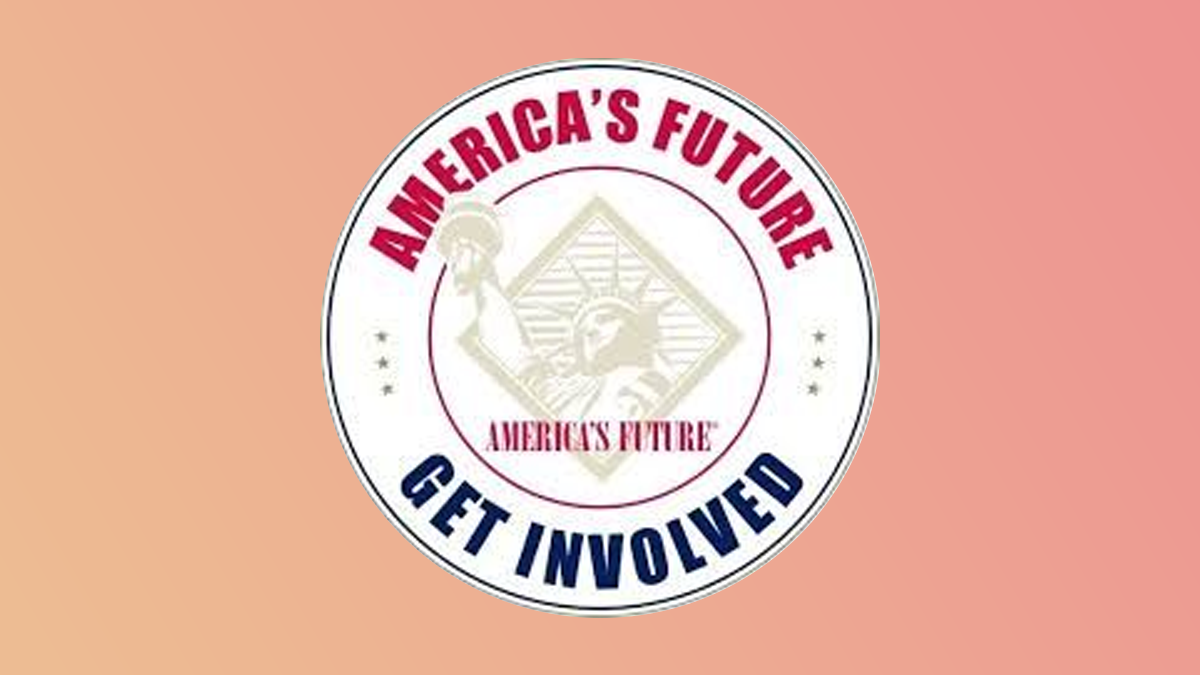
Have you ever thought about our future? August 17, 2024

Have you ever wondered what was the hashtag Reagan Revolution about? August 15, 2024
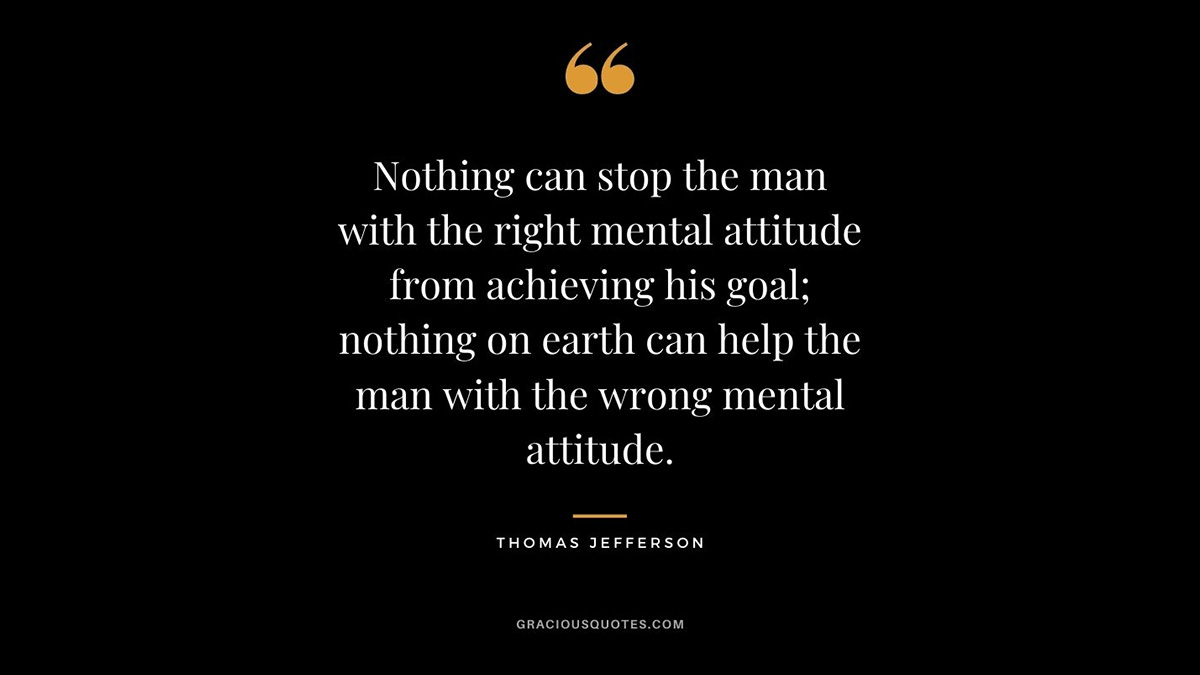
It’s ALL about Attitude folks August 9, 2024
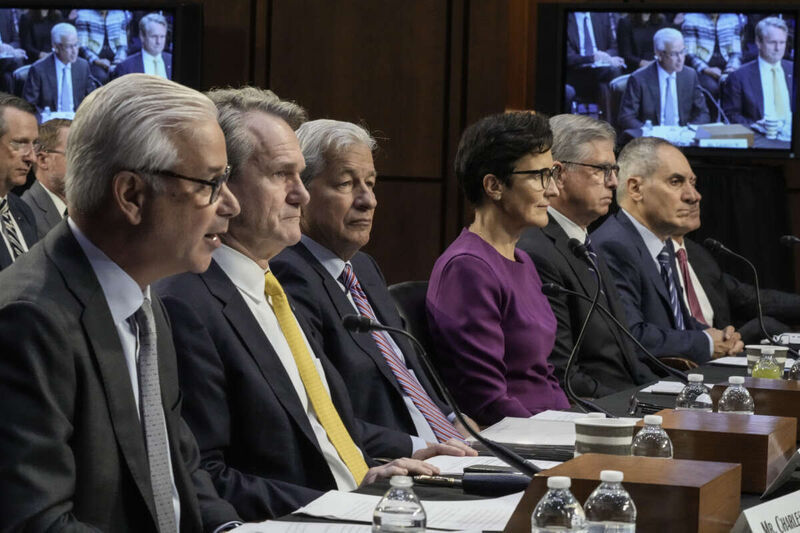
About today’s new class of bureaucrats who call themselves “elite” August 5, 2024

Freedom or Slavery? Time to Choose August 3, 2024

Bitcoin’s Future August 1, 2024
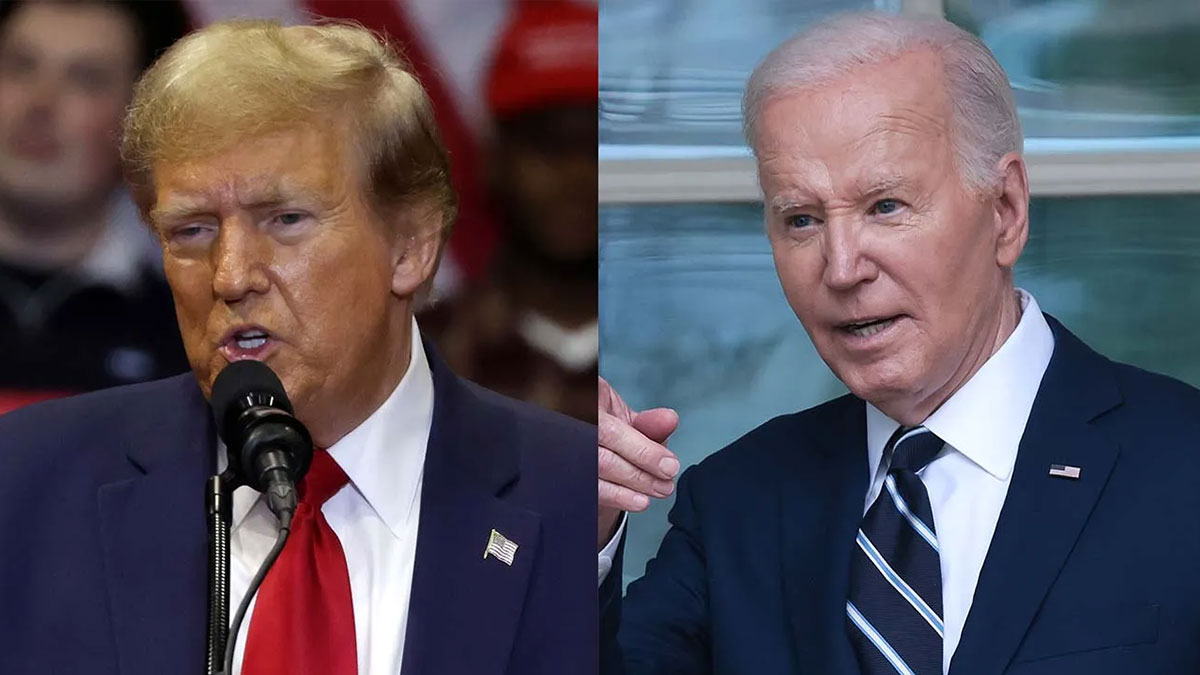
Unlocking the Biden – Trump Quagmire July 4, 2024

Surviving and Prospering During the Upcoming Mayhem June 27, 2024
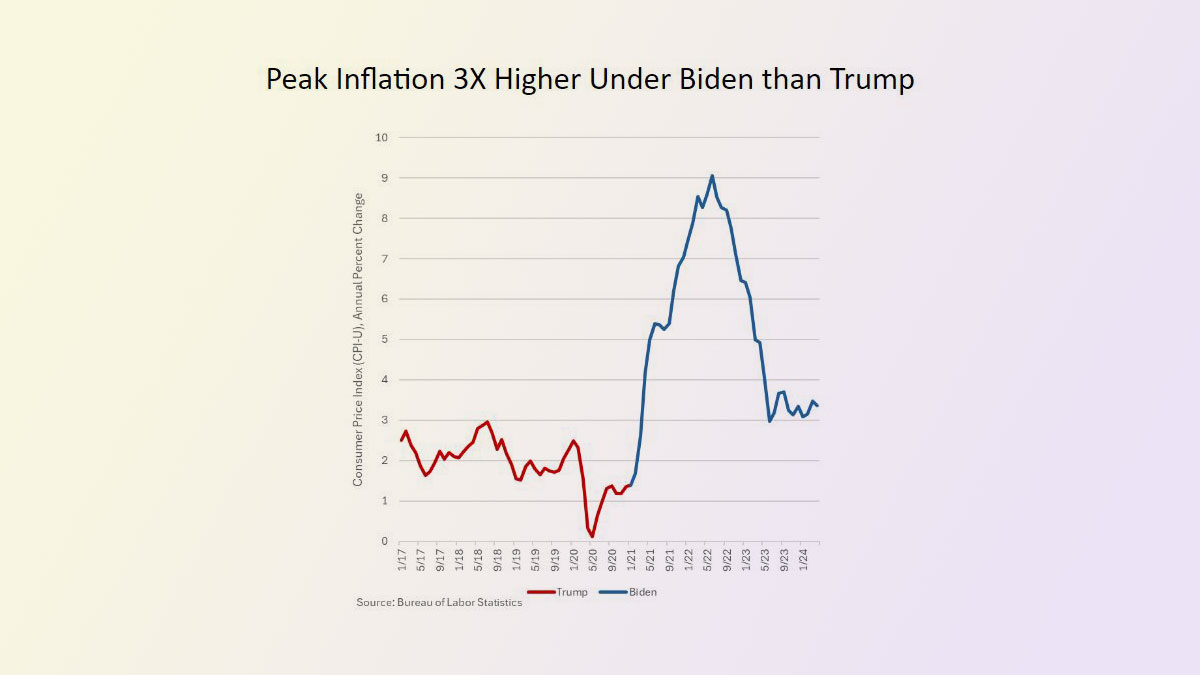
When People Have No Idea What They are Talking About…. June 25, 2024
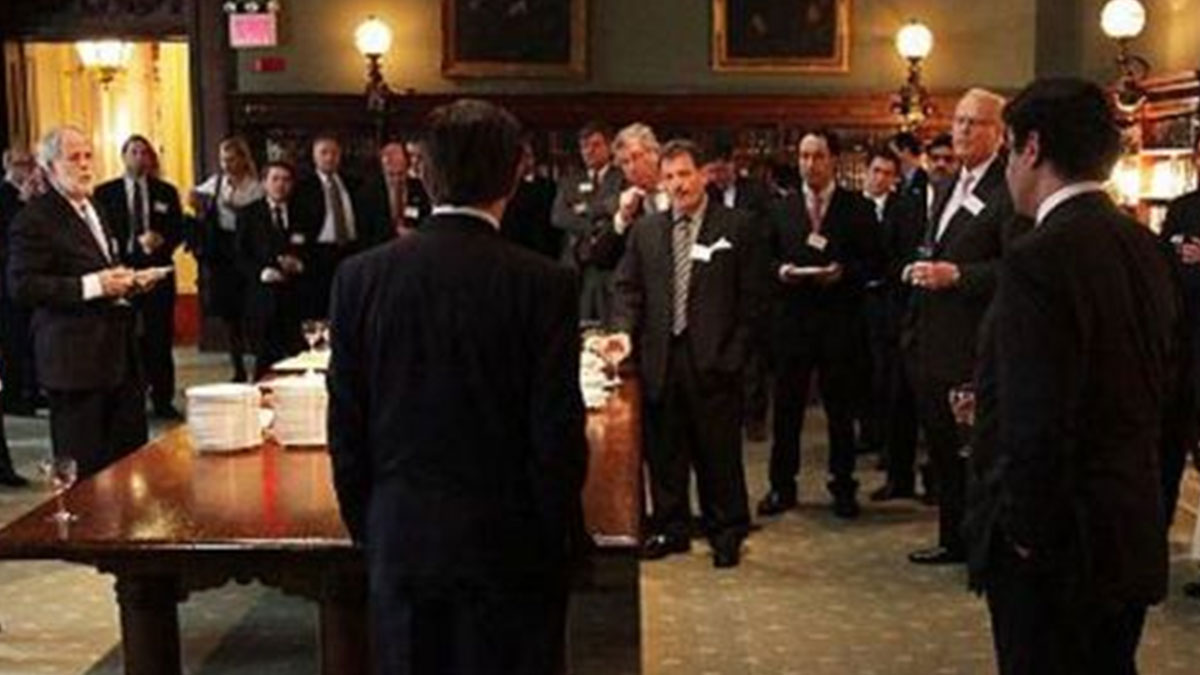
Looking at the Future June 13, 2024
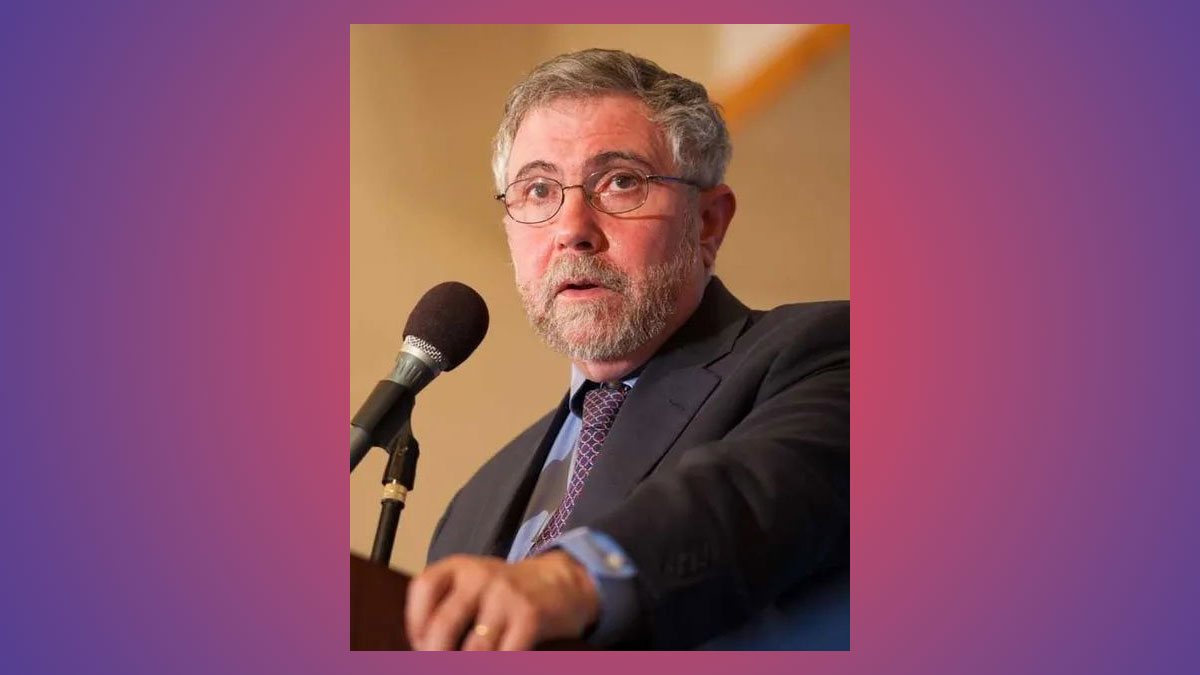
Luminaries at their best June 10, 2024

Money, Power, Control & Crypto June 8, 2024
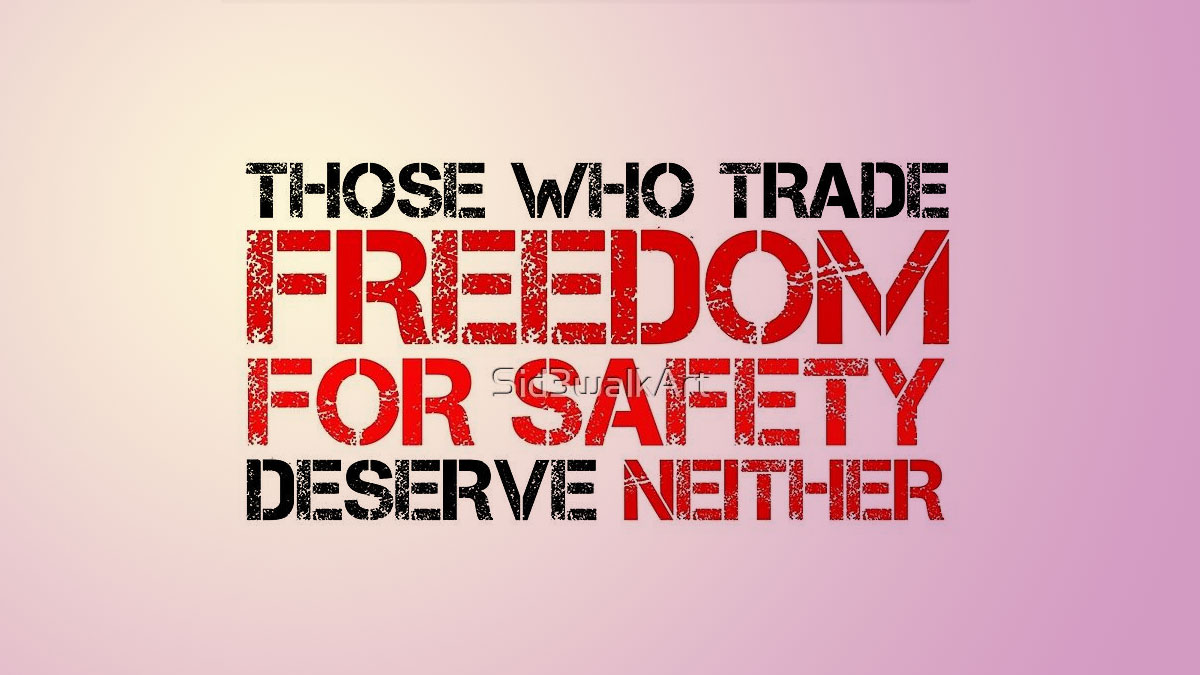
Are you still looking for Liberty and Freedom or have you given up on it? June 6, 2024

Globalism and the New World Order will not survive May 31, 2024

Can the mismanagement of the Federal Reserve lead to much bigger problems? May 29, 2024

Is the Fed really this mindless? May 22, 2024

The Great American Wealth Creation Machine May 18, 2024
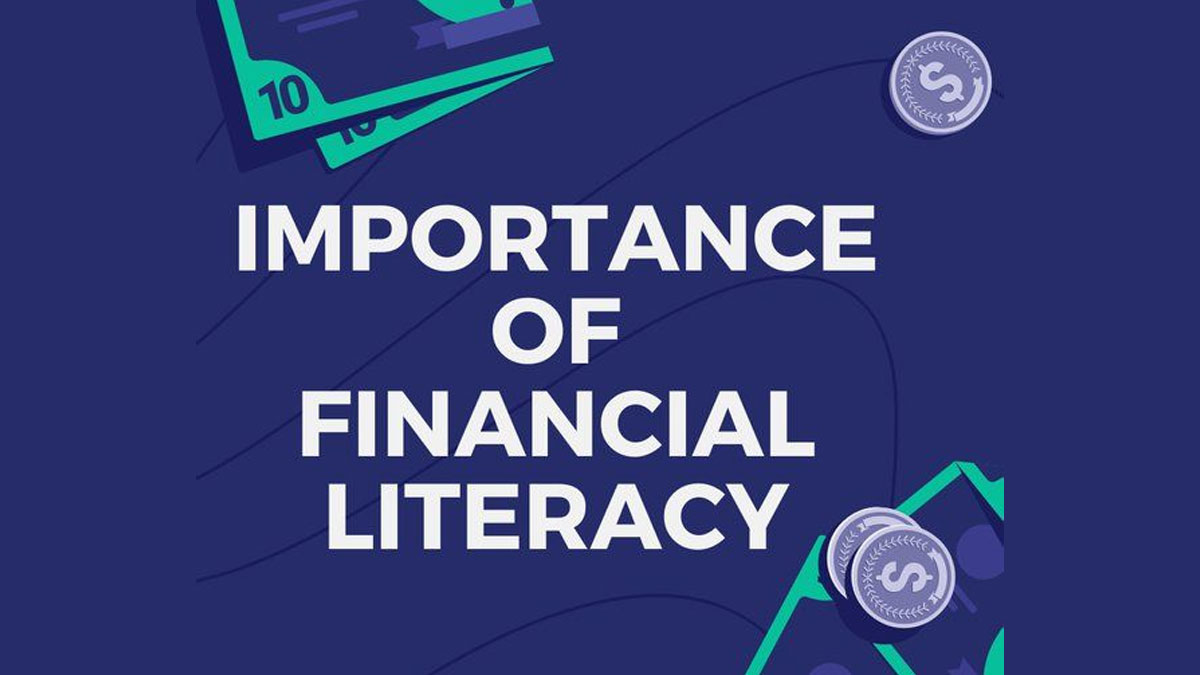
How Illiterate our Financial Press Is May 16, 2024

Are we headed to gasoline prices of $100/Gallon? May 14, 2024
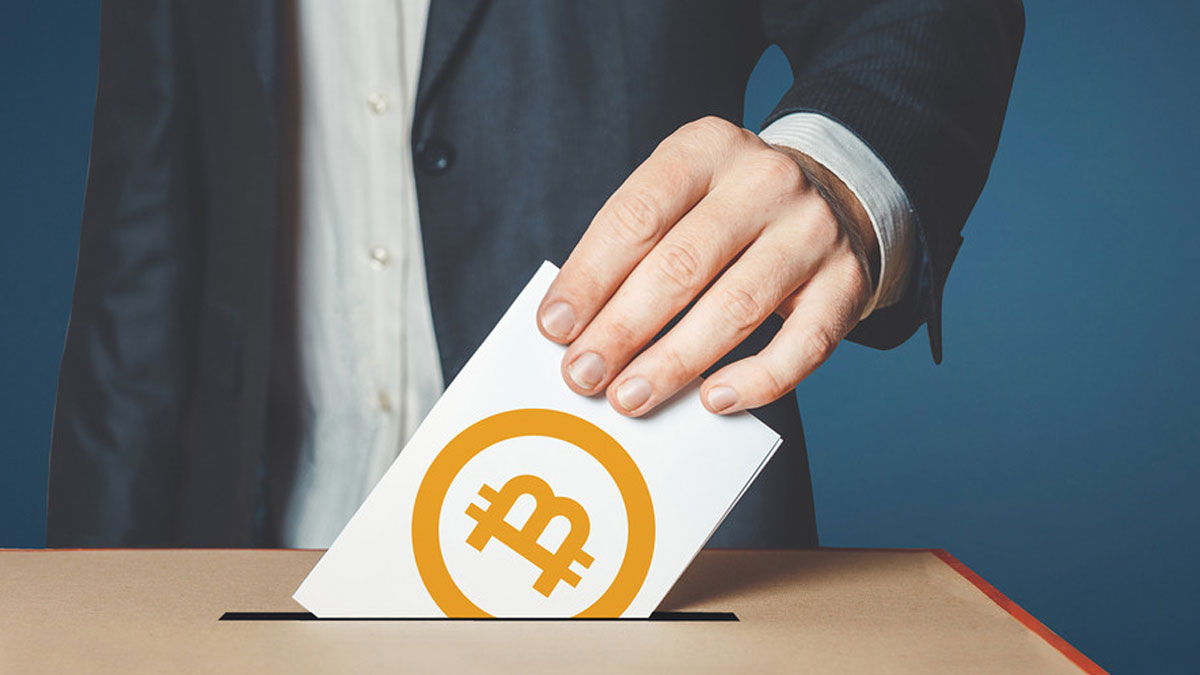
Will Bitcoin determine the fate of the 2024 Elections? May 11, 2024

Is Everything on Social Media Fake? May 8, 2024
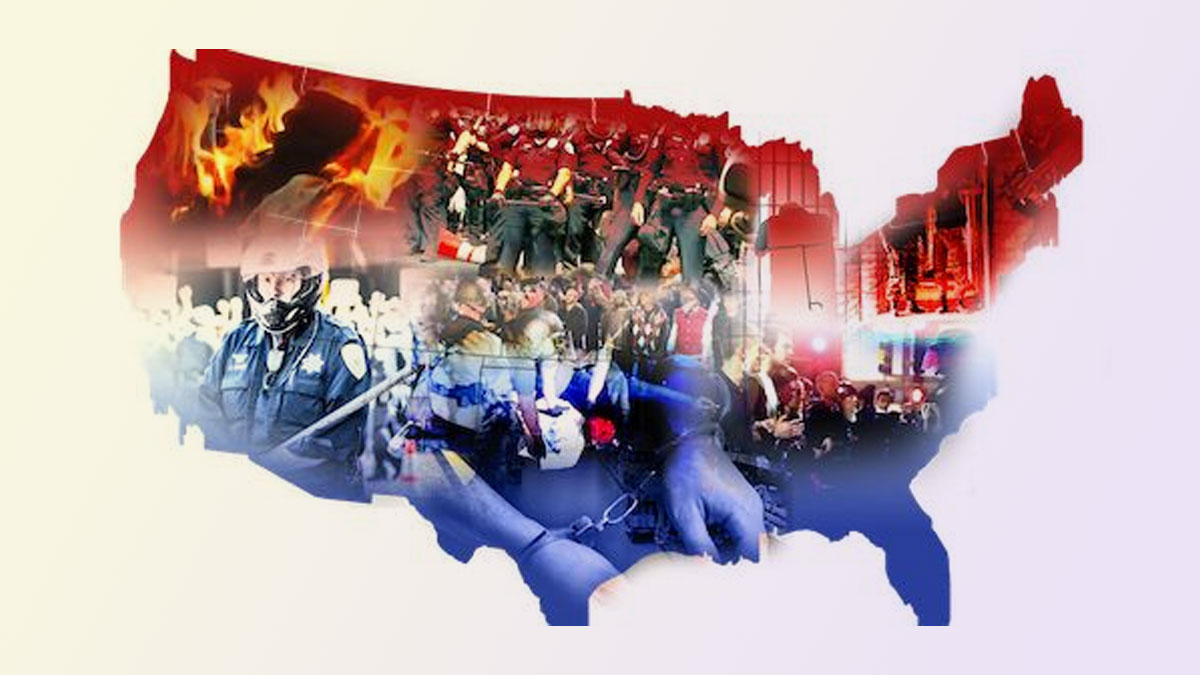
Is America headed for a Civil War? May 5, 2024
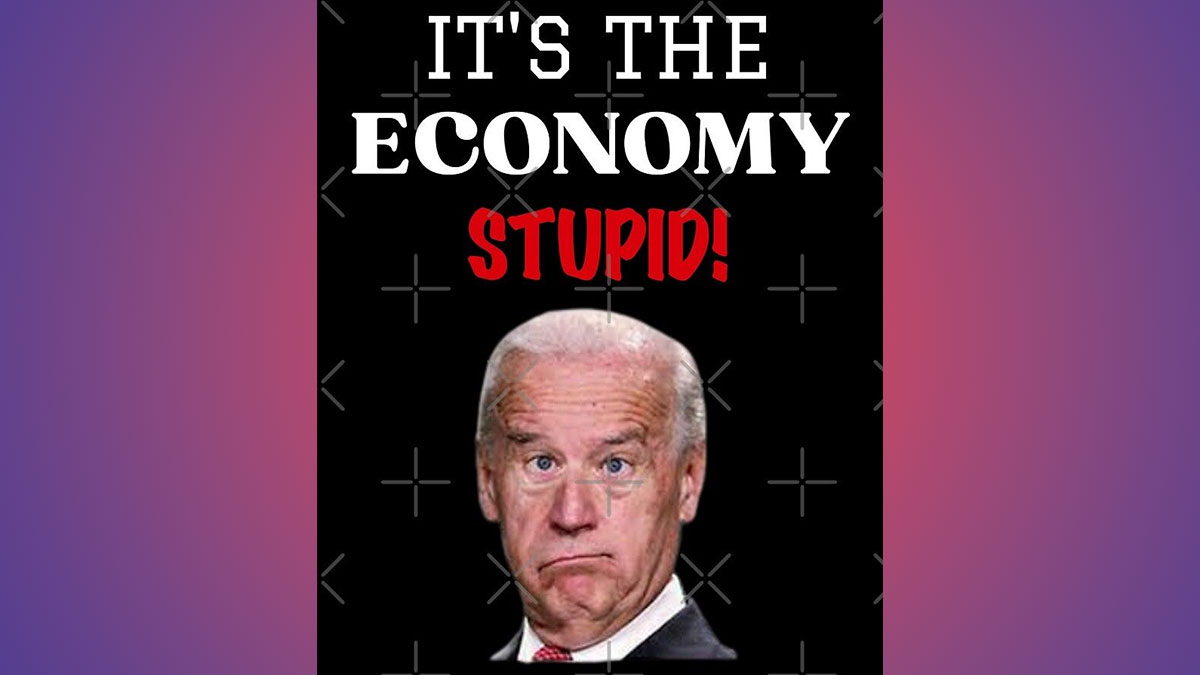
It’s the Economy Again ….. Stupid April 29, 2024
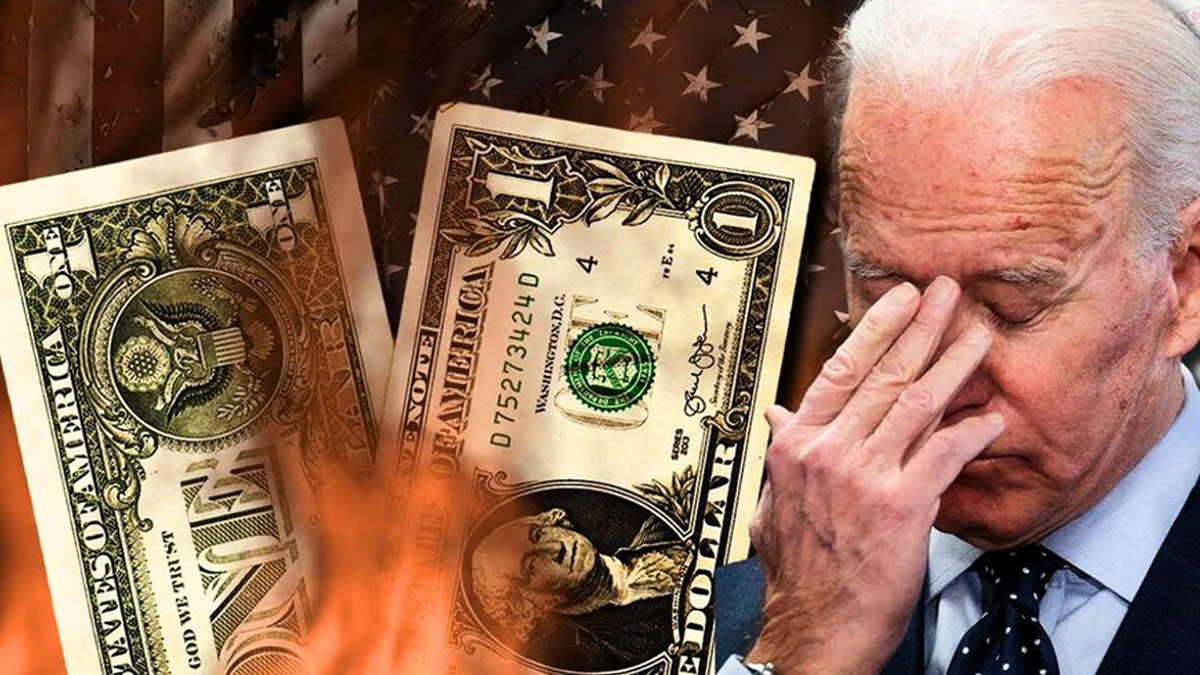
Why is the US Dollar in Big Trouble? April 25, 2024

Deepening Your Due Diligence Procedures April 20, 2024
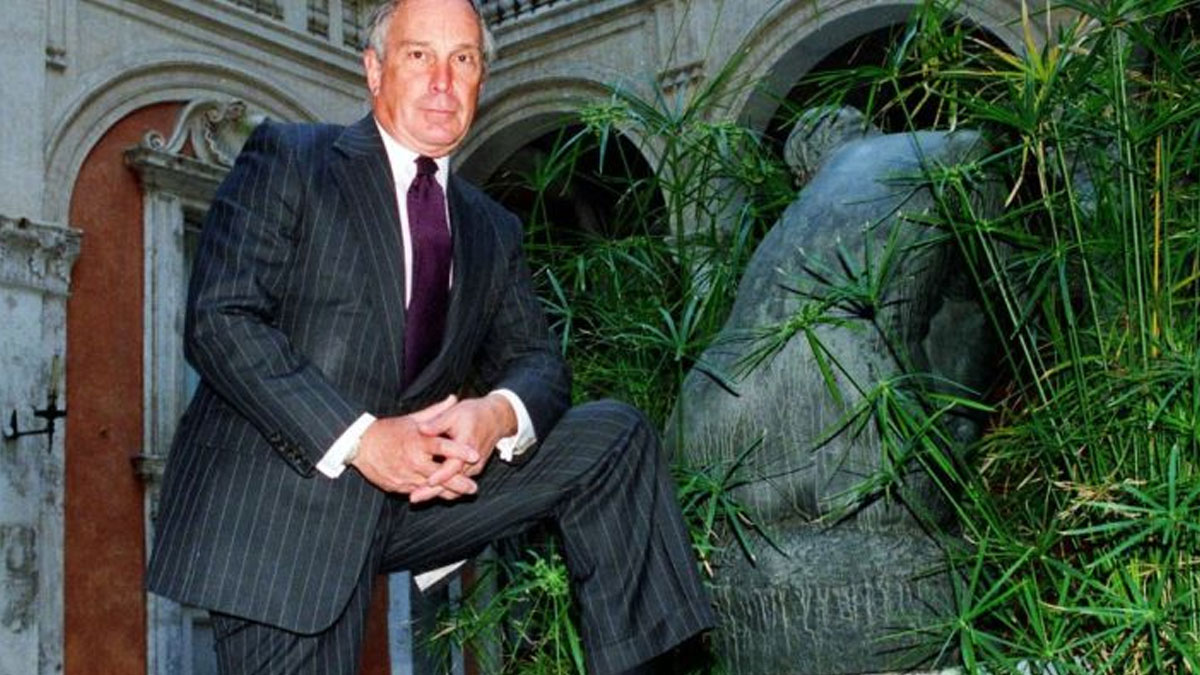
Meet the Three “Powerbrokers” behind the Climate Change Agenda April 17, 2024
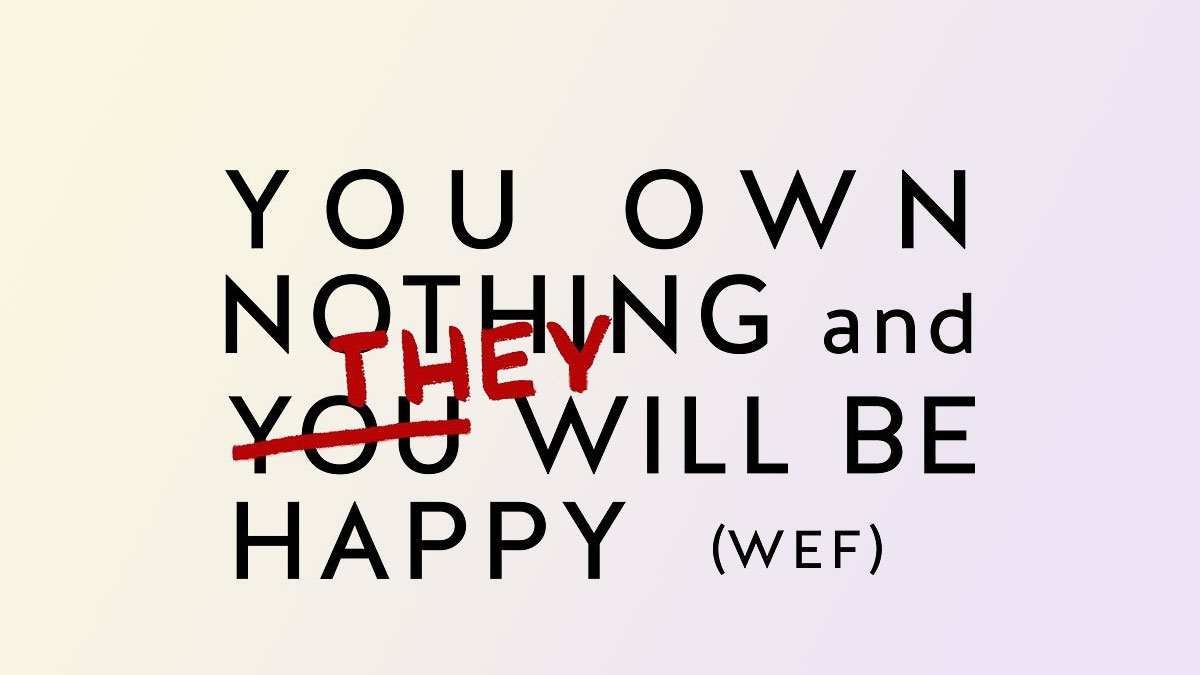
You own nothing and THEY will be happy April 15, 2024
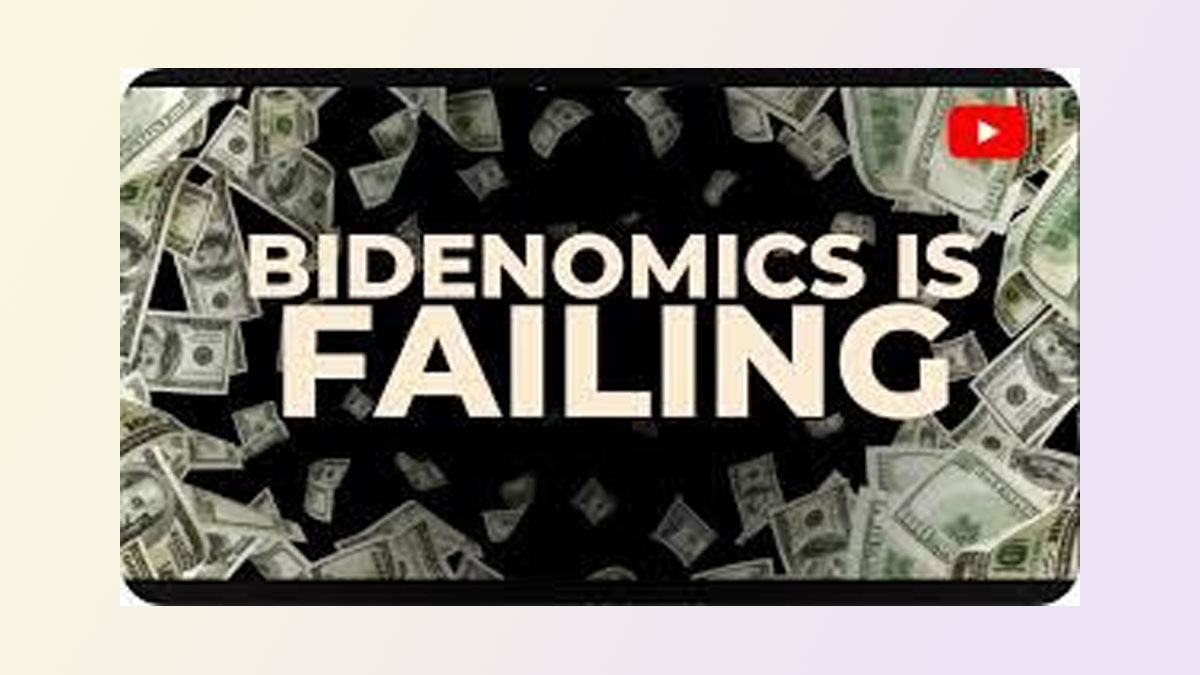
Assessing Bidenomics track record April 13, 2024
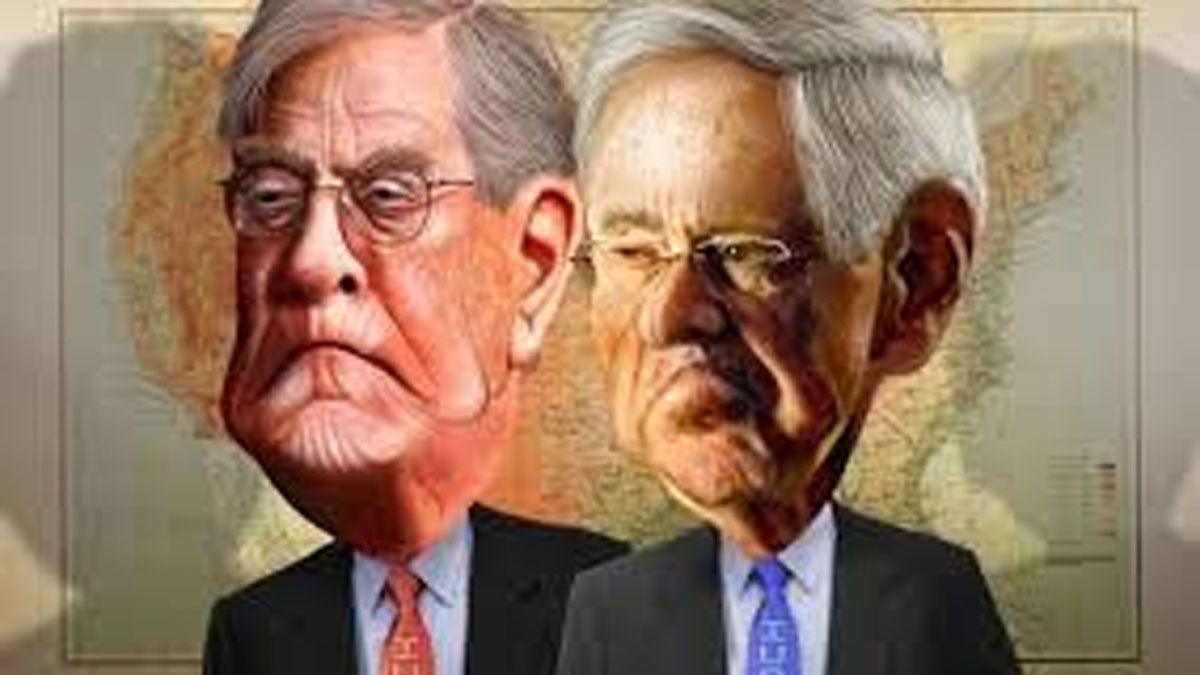
How Private Interests Seized Control of America April 10, 2024
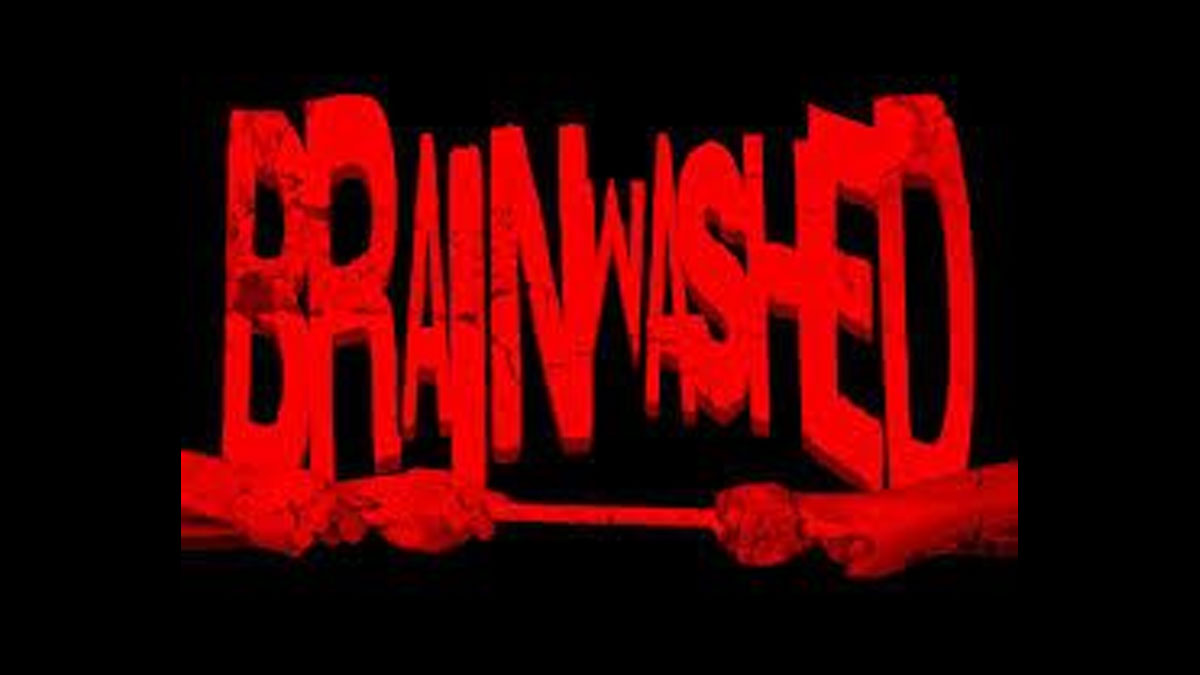
The Art of the Brainwash April 8, 2024

When Envy Meets Stupidity April 1, 2024
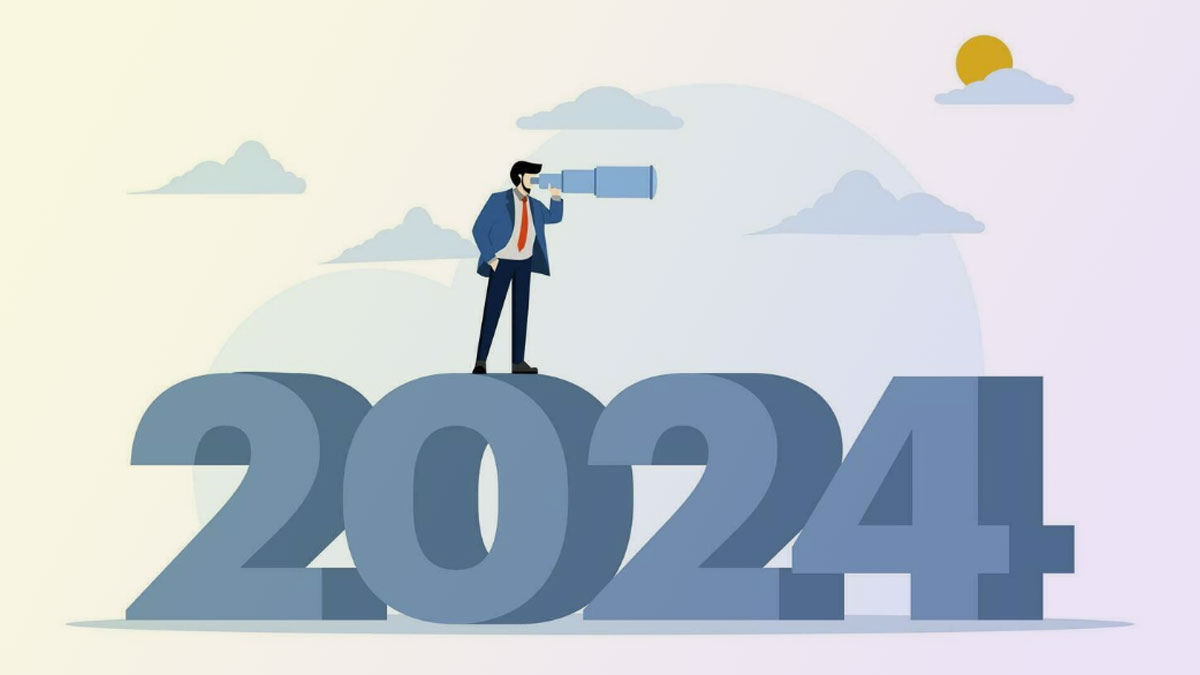
My Personal Forecasts for 2024 March 31, 2024

Taking Back Our Country March 30, 2024

Righting the Wrongs of Capitalism March 29, 2024

America’s Existential Threat: How real is it? March 27, 2024
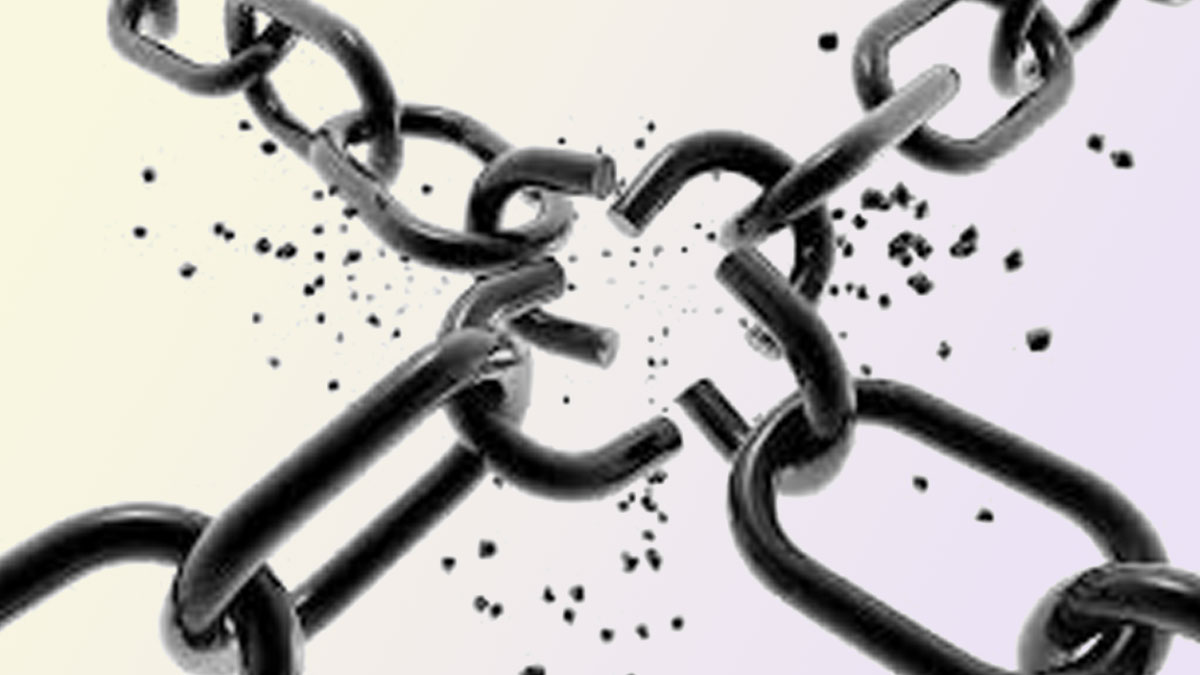
Breaking Free March 26, 2024

Is the Justice Department Killing Capitalism? March 22, 2024
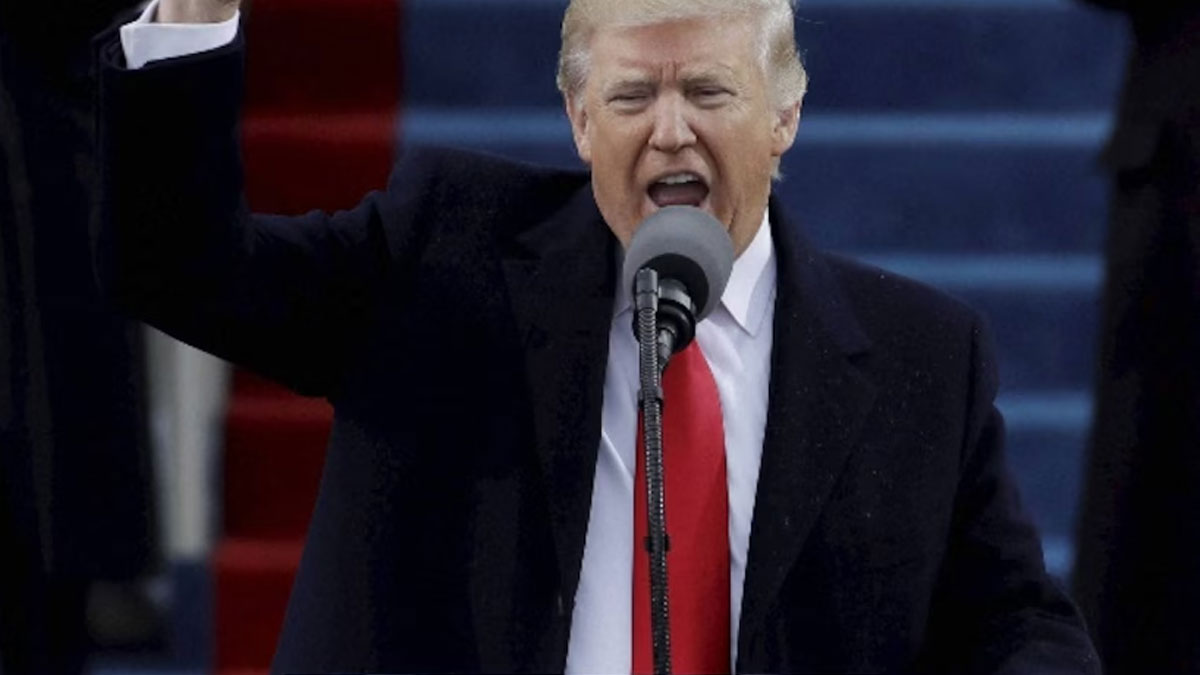
Let’s be honest folks March 19, 2024

Are we Done with the Western World? March 17, 2024
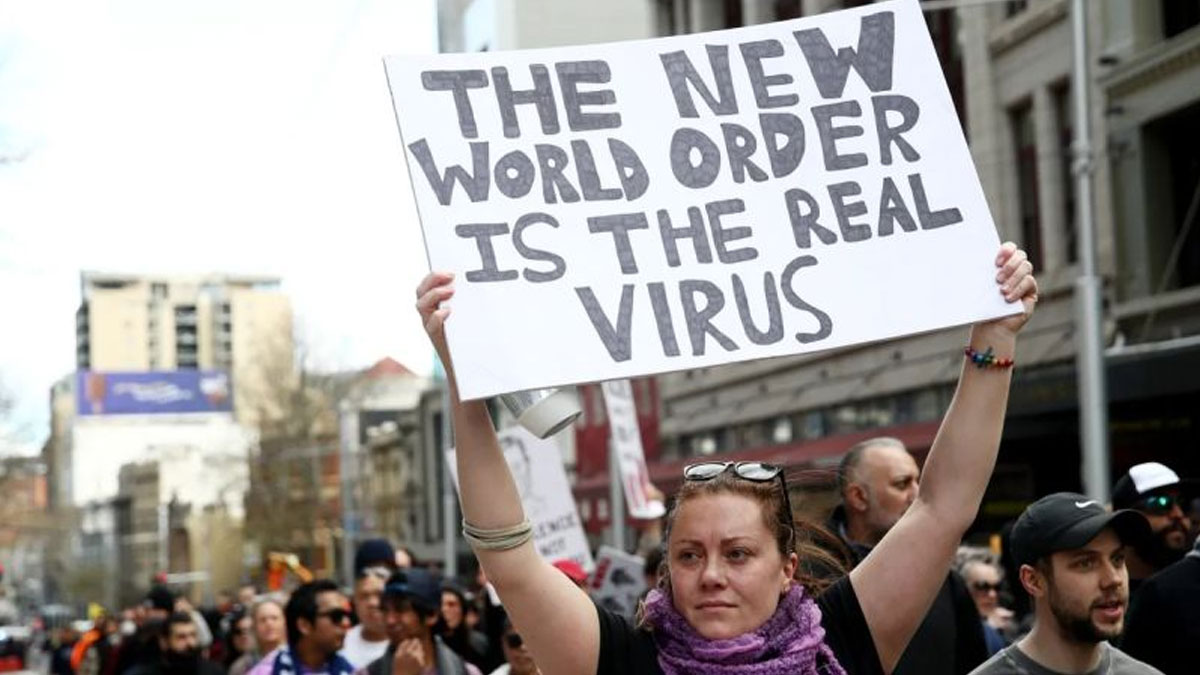
Why Time Has Come to Disobey? March 16, 2024

Revealing the World Economic Forum March 15, 2024
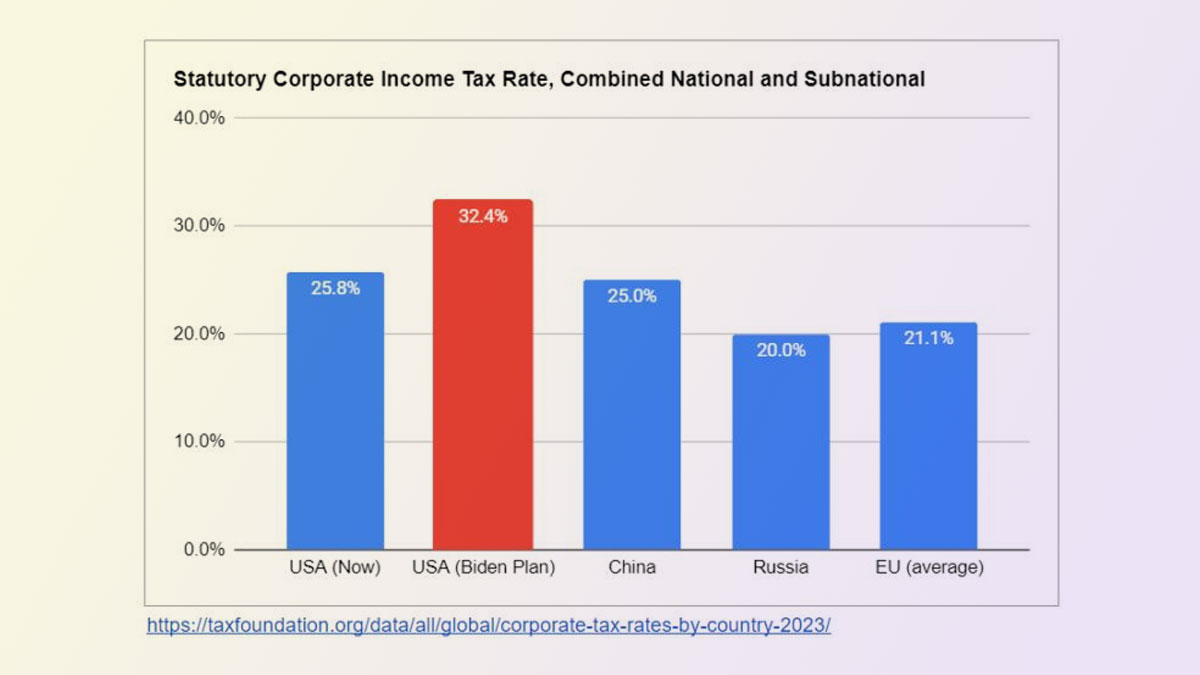
For those of you still rooting for Biden – Let this sink in March 14, 2024
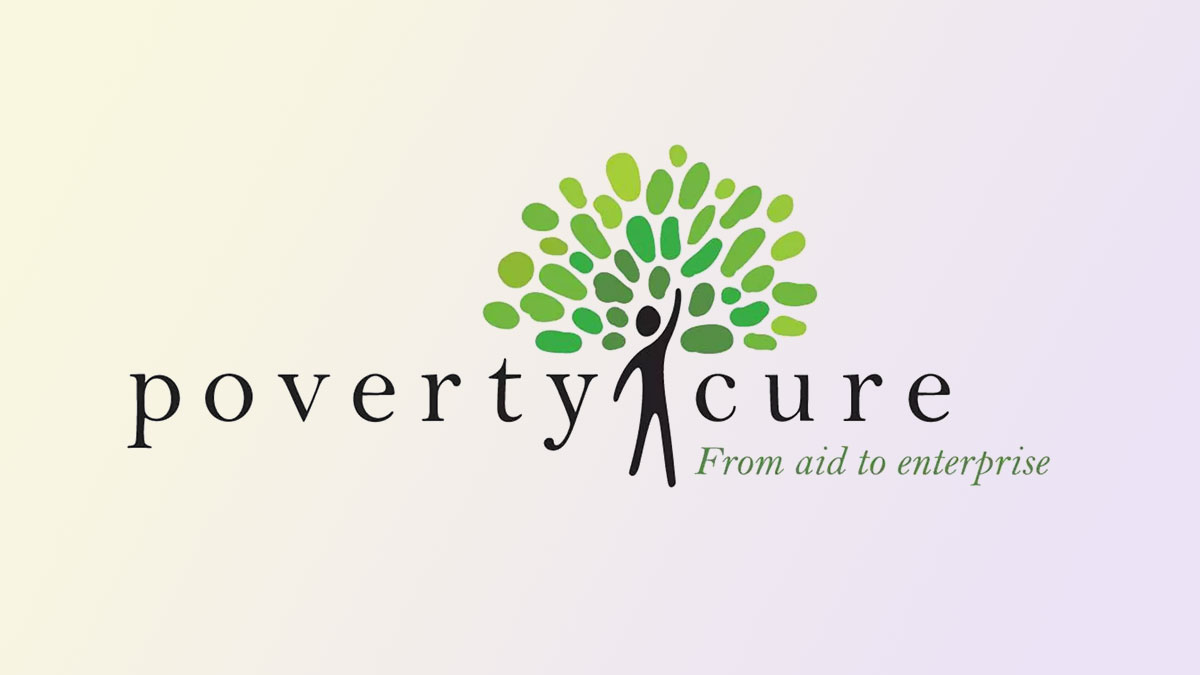
What is the ladder out of poverty? March 13, 2024
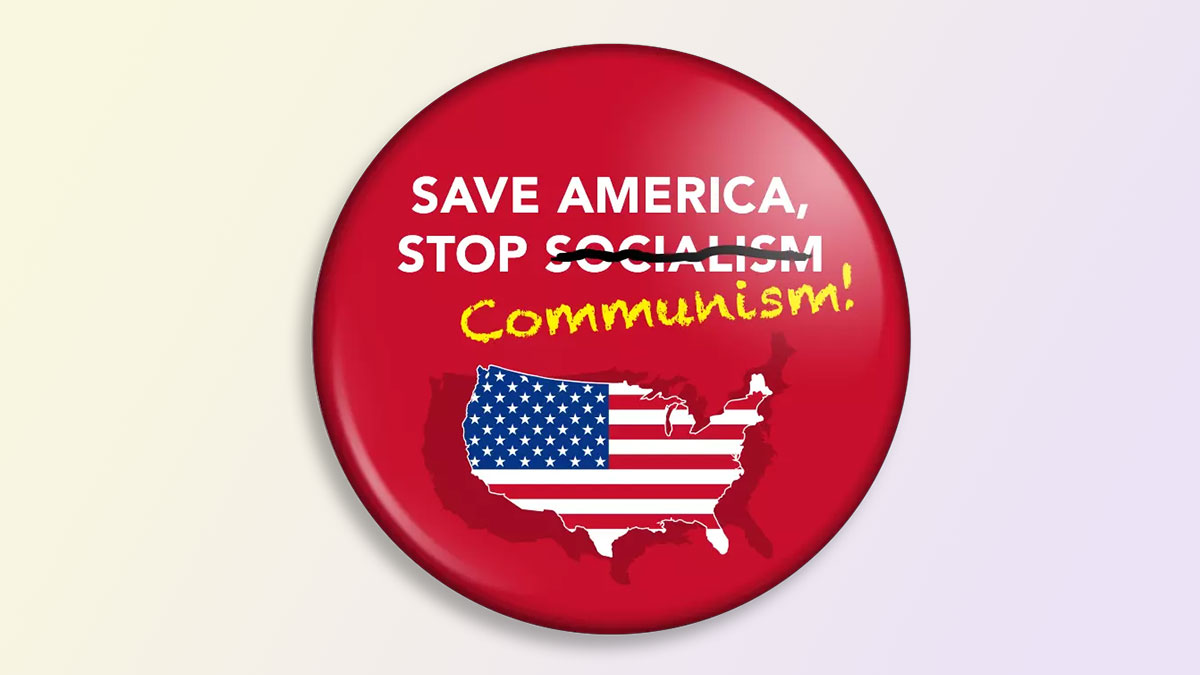
What is turning the United States ‘Socialist/Communist’? March 11, 2024

Growing the Economy With a Soak the Rich Tax Plan? March 8, 2024

Which presidential candidate should we vote for? March 6, 2024

Why your business proposals are failing March 1, 2024

Still a Puppeteer to the Puppet Masters? February 27, 2024

Unlocking the Master Code to Success February 24, 2024

An Open Letter to the “Global Elite” February 22, 2024

What is going on with our US Foreign Policy? February 19, 2024
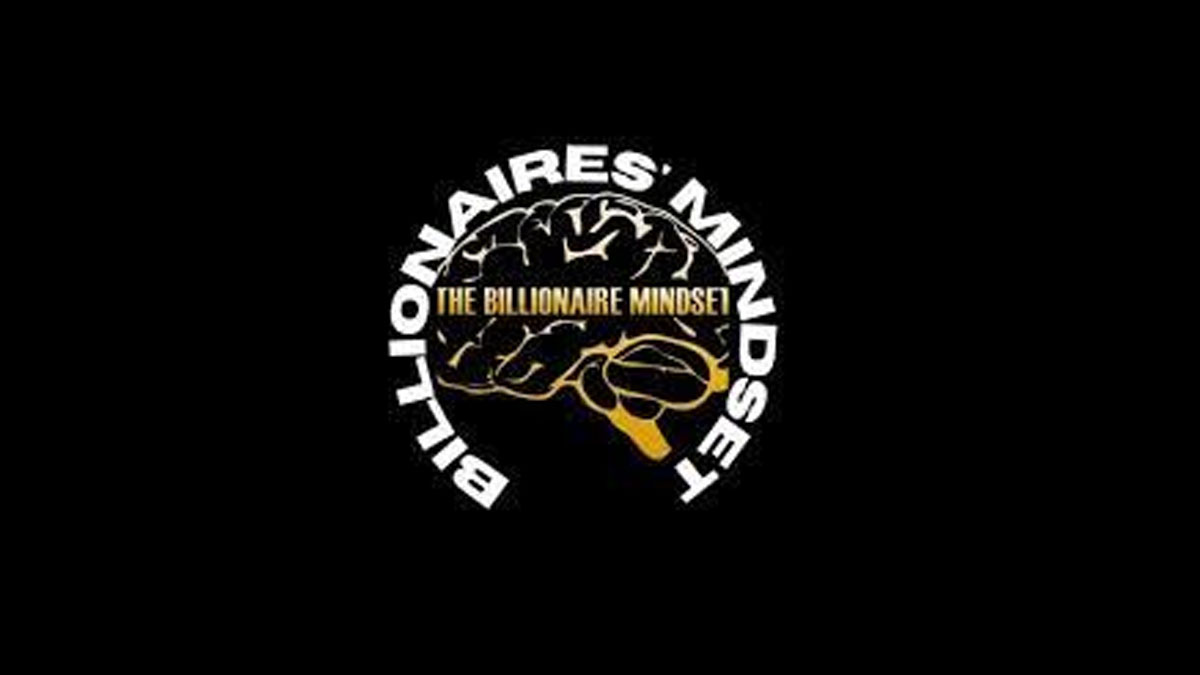
Understanding the Billionaire Mindset February 16, 2024
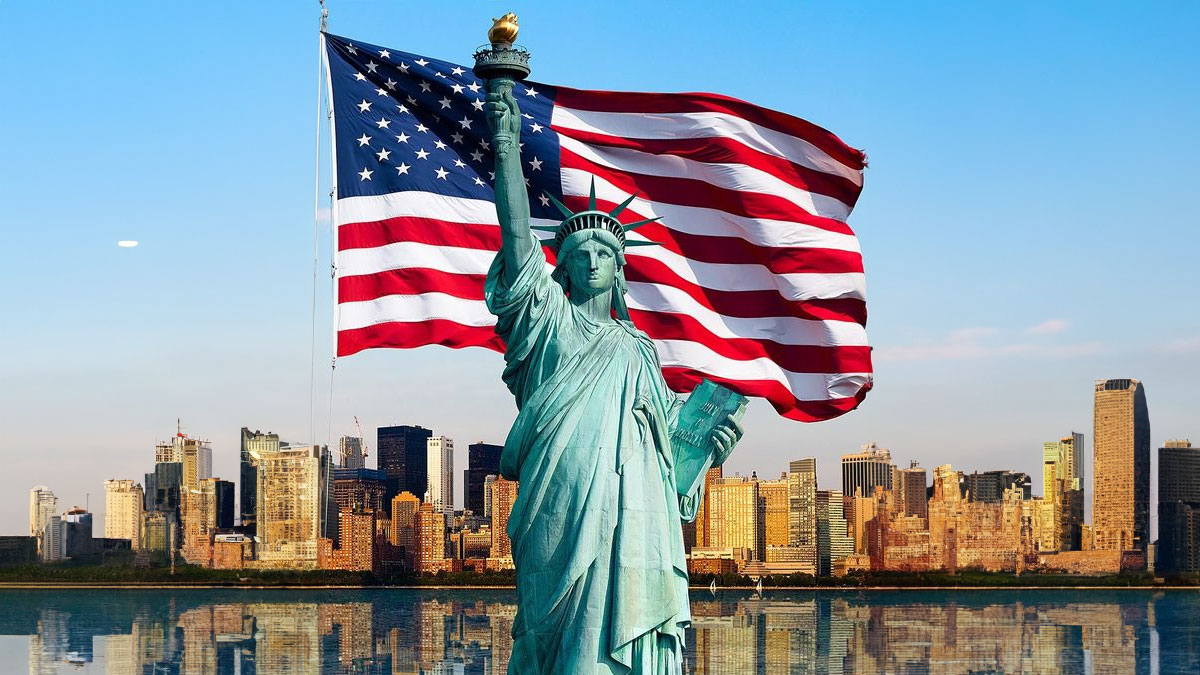
Renewing Wealth Creation and the American Dream February 12, 2024

When Power Goes to People’s Heads February 8, 2024

Do you have what it takes to pitch to smart money? February 4, 2024

Smart v/s Dumb Money: How do you differentiate January 31, 2024
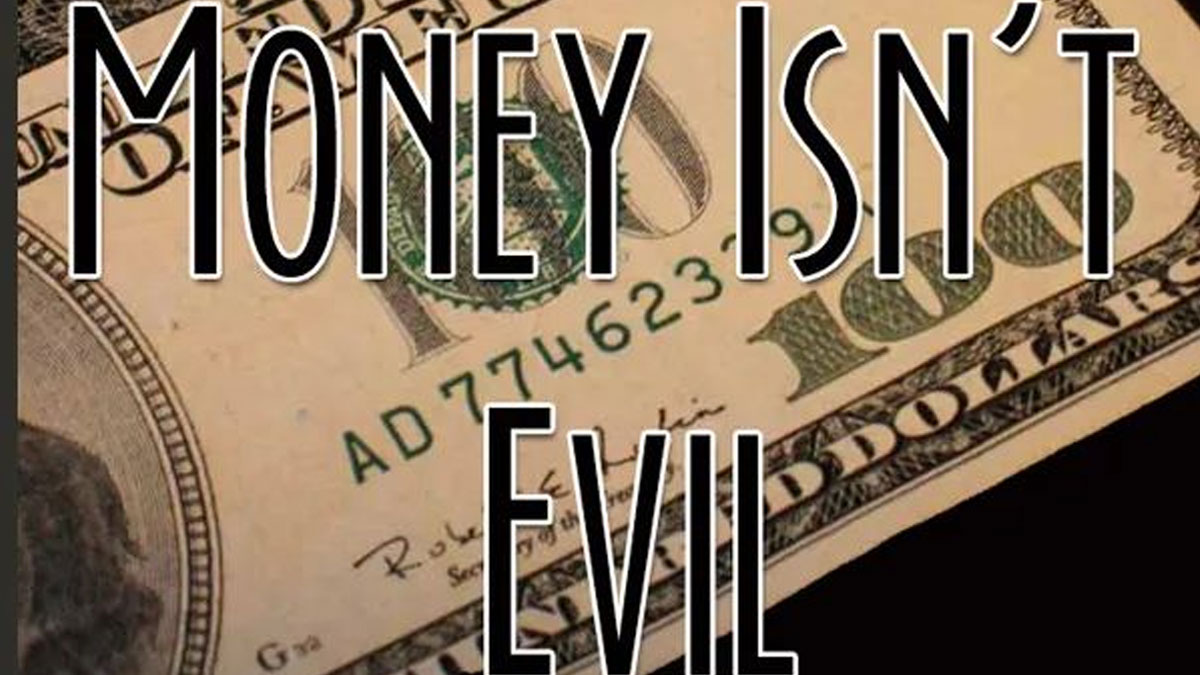
Why do so many socialists view making money as “Evil”? January 17, 2024

If you are so smart why aren’t you rich? January 12, 2024
Note: The Financial Policy Council (FPC) is a registered 501(c)(3) non-profit organization. This means that your generous donations to support our mission and initiatives are tax-deductible to the fullest extent permitted by law. To claim your tax deduction, please keep a record of your donation, including the date, amount, and any correspondence you receive from the FPC acknowledging your contribution. You should consult with your tax advisor to determine the specific tax benefits available to you based on your individual circumstances.

